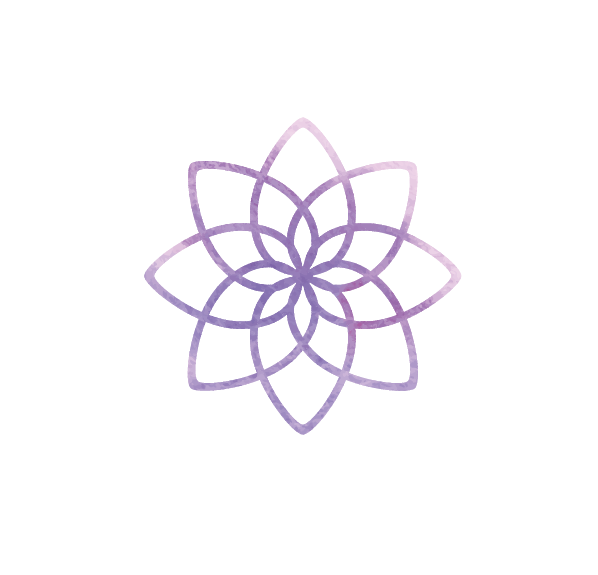Breathing – natural, essential for staying alive so why write a blog about something as simple as taking a breath in and a breath out?
Breathwork – and learning different breathing techniques can be a powerful way of controlling stress, energising your body, calming the nervous system, breathing properly is useful for maintaining good health and detoxing the body.
If you find this article interesting / if you are interested in breathwork then why not join me on my FREE LIVE 14 day breath session starting on the 18th of Jan. Sign up here
Being a yoga teacher, breathwork (or pranayama) is fundamental to a yogic practice – in fact it is one of Patanjali’s 8 limbs of Yoga:
Pranayama is the fourth stage (or discipline) of techniques that are designed to help gain mastery over the respiratory process – this stage of yogic practice helps see the connection between the breath, the mind and the emotions. Pranayama is derived from several Sanskrit roots; prana meaning “vital life force,” yama meaning “control” and ayama meaning “extension” or “expansion.” Pranayama practices can help rejuvenate the body but breathing correctly can actually extend life!
But is Pranayama and Breathwork the same??
Pranayama and breathwork are not the same practice. In yoga pranayama students use locks – or Bandhas which are certain areas of the body that must be contracted and closed off in order to hold and guide the prana – which has been delivered by the breath to a certain part of the body.
Breathing using ‘locks’ can be difficult to learn and require much practice however breathwork is much easier and extremely effective in creating health and wellbeing to those who practice it.
So why is the breath so important??
The Nervous system
Regulated breathing can have many powerful effects on the nervous system – it helps with your ability to switch off that stress response and switch it into the relaxation mode.
When we are stressed, or anxious our sympathetic nervous system has been switched on. This is the state where we are in fight or flight mode. You may notice when you are stressed that your breathing can change – become shorter, faster and more shallow. When we consciously slow down the breath, extend the exhalation and regulate our breathing, this can have a profound effect on the body’s stress response. A slow or regulated breath will send the signal to our body that we are safe, our parasympathetic nervous system switches on, this will help us to feel calm, relaxed, peaceful and clear minded.
So how can Breathwork help control the Nervous system?
First of all its important to understand what the Nervous System is – and what it does.
The Autonomic Nervous System or ANS is a branch of the peripheral Nervous System.
The ANS can either ramp you up or calm you down. It controls many of the body’s processes including heart rate, digestion, saliva, body temperature, metabolism and the stress response which is also known as the fight, flight or freeze response.
The ANS can be broken down into two systems:
- The Sympathetic Nervous System
- The Parasympathetic Nervous System
The Sympathetic Nervous System or SNS is designed to boost you up and to trigger the stress response in the body.
The Parasympathetic Nervous System or PNS is designed to calm you down and to trigger the rest and digest response, this is the system that is often triggered during a yoga or meditation practice.
The Parasympathetic Nervous System
When the Parasympathetic Nervous system is activated it slows down our heart beat, it stimulates digestion, it allows the body to rest and digest, we essentially feel good and well nourished when the body is in this state.
If our life is not in danger we essentially want the PNS to be our dominant state, it helps our body to maintain a state where the body and it’s systems are essentially balanced – or in homeostasis.
A stressor or a perceived stressor is any stimulus that upsets or threatens our homeostatic processes.
Yoga, mindfulness and meditation are all practices that can signal to our nervous system that we are safe and all is well. Deep breathing and slow movements signal to our brain and body that we are safe, this will trigger a PNS state and this allows our body to use it’s resources to create health and well-being, a state of inner healing.
When your body is in the rest and digest (PNS) state your body can use all its internal resources at help heal and balance the body and mind. When we are calm and relaxed there is better oxygen delivery to all of the cells of our body, including the brain. The result of this can mean practicing breathwork can lead to less brain fog and clearer thinking.
The calming of the nervous system can help to switch off the fear centres in the brain and to switch on the parts of our brain that are designed with more complex thought.
The Sympathetic Nervous System
The SNS is responsible triggering the fight, flight or freeze response.
If you encounter a dangerous or stressful situation then the SNS sends signals to the adrenal glands. Adrenaline and cortisol, which are stress hormones are released and a host of processes take place, these processes are a safety system designed to keep you alive, to help you to run from danger or fight for your life, some of the processes that take place are:
- Dilated pupils
- Heart rate increases
- The body releases glucose from storage, this will go into the blood stream and will be used as energy by the muscles and organs
- The vessels of the lungs dilate to increase oxygen uptake
- Blood is directed away from digestive organs and redirected to extremities in order to help you fight or run away
Whilst this stress response system is brilliant at what it does, if it is constantly switched on, it uses up all of our internal resources, leaving us feeling depleted and unhealthy in body and mind.
Just as a thought is powerful enough to switch on the body’s stress response, it is also powerful enough to switch off the body’s stress response, when the stress response is switched off, the PNS takes over.

Benefits Of Doing Breathwork
Breathwork offers many benefits for the health and well-being of the body and the mind.
The benefits of breathwork are often noticed quickly, taking slower, deeper or more regulated breaths can help a person to feel relaxed, calm and clear minded.
Here are some of the key benefits of breathwork:
- Calms the nervous system – this is one of the first benefits you may notice when practicing breathwork. This is particularly noticeable if you are experiencing stress, worry or anxiety. Regulated breathing sends a signal to the brain that we are safe, from here the PNS is activated and we go into a relaxed state, this comes with feelings of peacefulness, calmness and clarity of mind.
PNS activation will allow our stress hormones to settle, bringing our hormones into more balance, it allows our digestive system to fire up, relieving digestive issues and delivering nutrition to our bodies, it can help to lower blood pressure and over time, regular PNS activation can assist with conditions such as anxiety, depression and other mental health conditions - Relieves brain fog – breathwork can often leave a person feeling as though they are thinking clearer. This is not only because the nervous system has switched to PNS which activates areas of the brain that will allow for clearer thinking, it is also because of the increased oxygen supply to the brain. Stressful or worrying thoughts create short and shallow patterns of breathing which will lower the oxygen levels in the brain. As we slow down and deepen the breath the brain receives a larger supply of oxygenated blood.
- An increased anti-inflammatory response – this is due to the PNS activation
- Increased immunity – breathwork can increase the body’s immunity. When the body is in an SNS state or state of anxiety, the immune system is subdued, this is because the immune system is not required to fight off an immediate threat. The body systems that are activated when the SNS system is in charge are all geared towards fighting off an immediate threat. By using breath work to switch off the SNS and switch on the PNS we will allow our immune system to operate at optimum efficiency.
- Increased lung capacity – for improved physical performance and increase oxygen delivery
- Increased longevity – slower more regulated breathing has been shown to have a positive effect on stem cells
- More efficient use of prana – prana in yogic philosophy is life force energy. Prana’s main mode of transport into the body is through the air that we breathe. Yogis believe that deep or regulated breathing will increase prana and will make the body’s use of prana more efficient.
- Connects the three bodies – in yogic philosophy, it is said that we have three bodies, a physical body, this is the body that we can see and touch, an astral body, this is our energetic body and the spiritual or wisdom body, this is the body that is outside of space and time. It is said that the breath connects all three bodies
For more information on keeping your lungs healthy and to download a wonderful breath meditation please free to pop over and read my blog called “Are you Breathing Properly” written during the Covid Lockdowns.
Want to regularly find out the latest goings on at Totally Holistic Health central why not sign up to my regular newsletter !! Pop over here to Totally Holistic News to keep up to date with all the latest news, yoga videos, health advice and blogs.
I won’t bombard you with lots of spammy stuff and at the end of the day you can always request to unsubscribe!! I won’t mind!
Julie Elder
Totally Holistic Health

